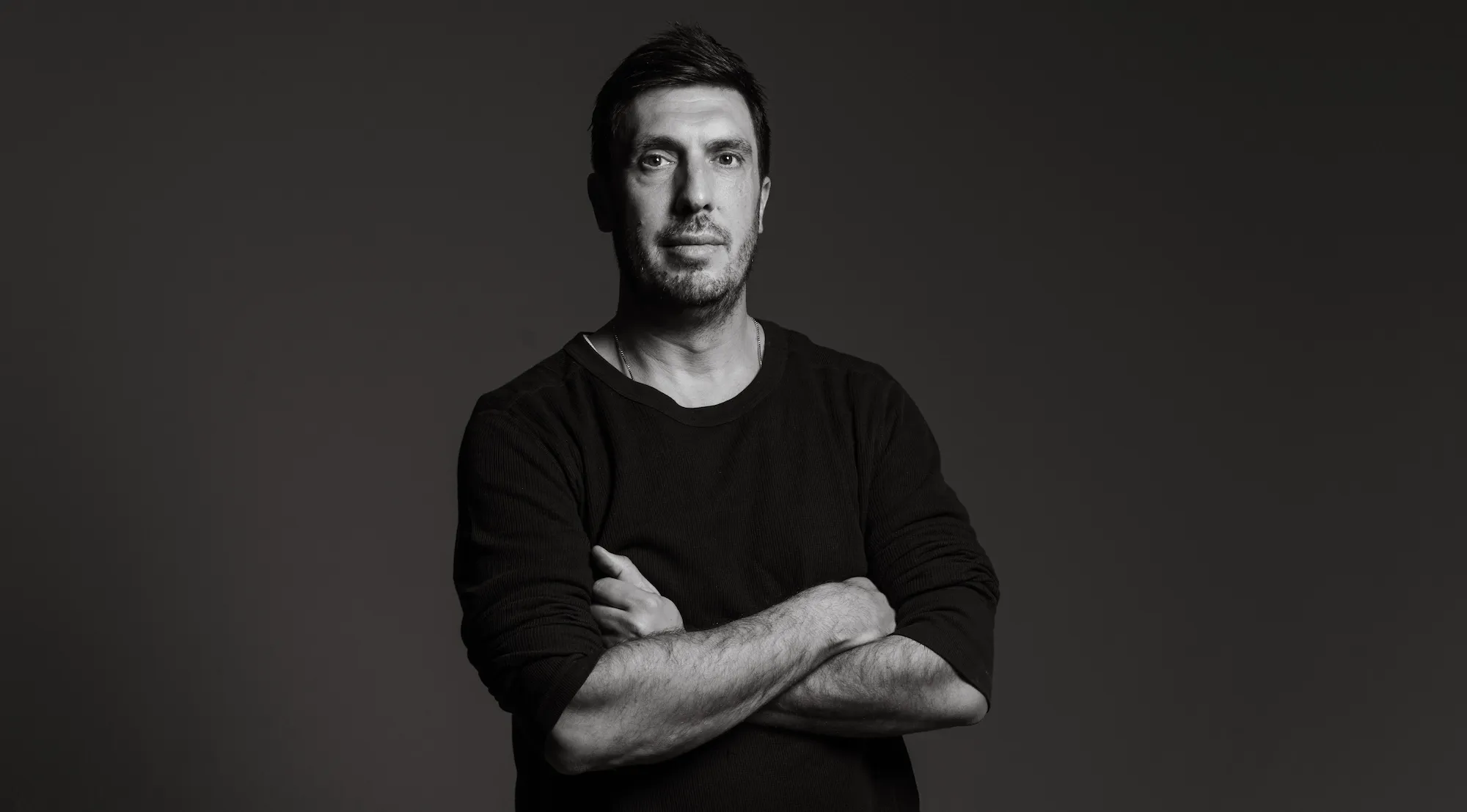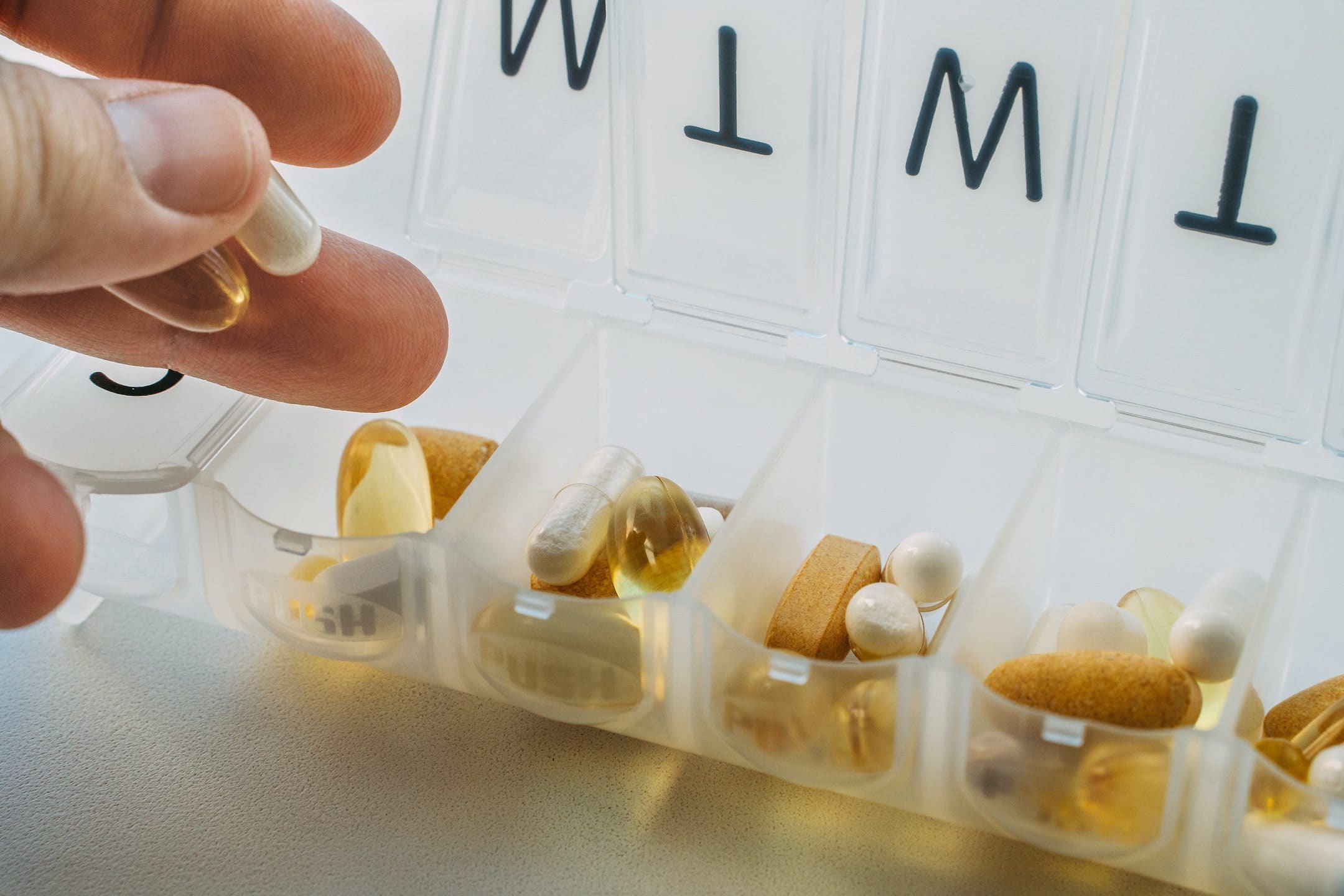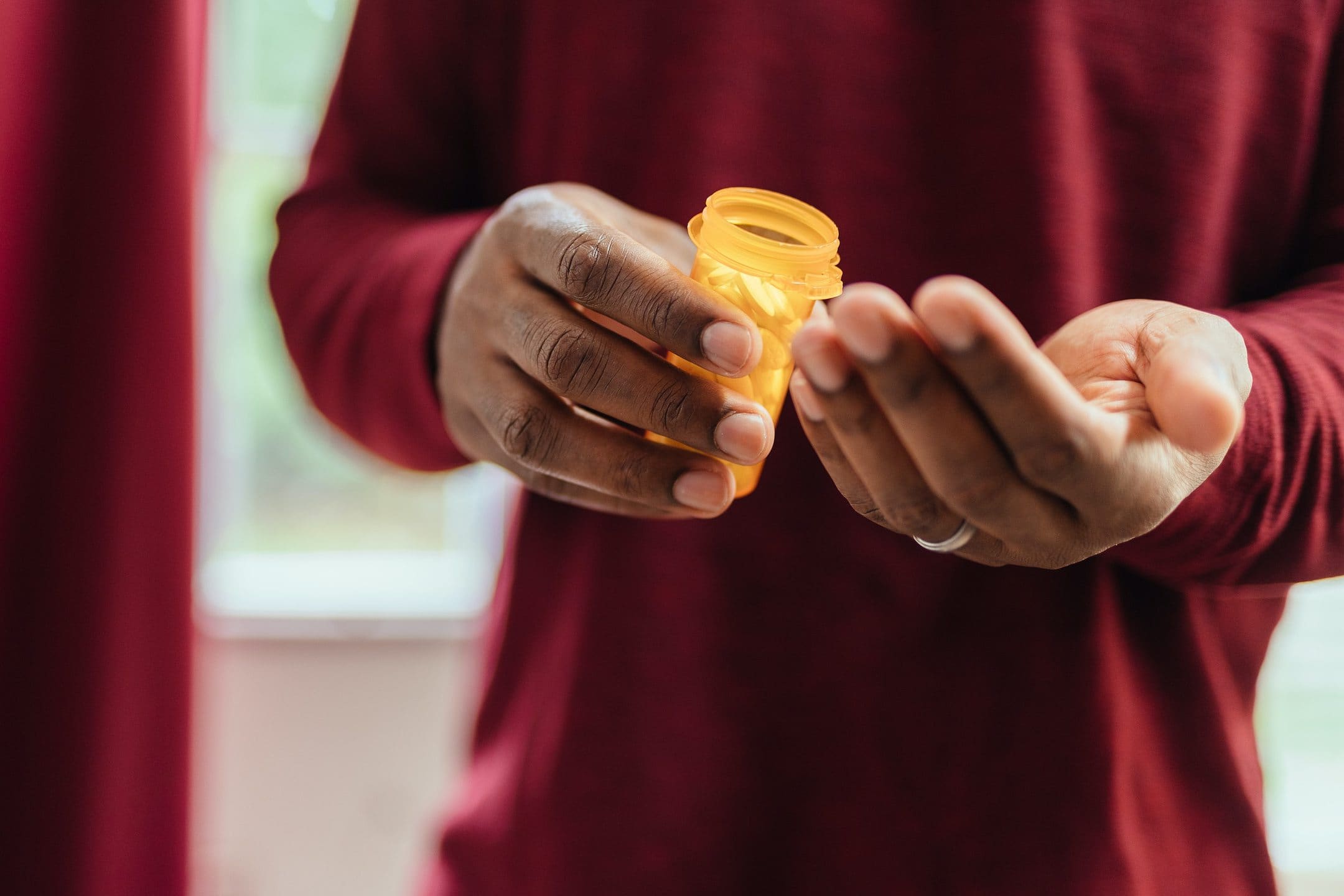For LGBTQ couples in which both partners have ovaries, donor sperm is necessary to start a family. But should you use an anonymous donor (like from a sperm bank), or a donor you know? And what does the sperm donation process look like? Let’s take a look.
A recent study found that this form of family building has been increasing since the mid-2000s, with nearly half a million women using donated sperm to conceive between 2015 and 2017.
Anonymous donor sperm vs. known donor sperm
There are pros and cons to each decision — let’s take a look at factors to consider when making your choice.
Pros and cons of anonymous donor sperm
Anonymous donor sperm usually comes from a sperm bank. This method, which is subject to FDA regulations and should follow the American Society for Reproductive Medicine’s guidelines for sperm donation, has several advantages:
- The donor is usually young and healthy. Sperm donors should be between 18 and 40 years old and in good health, without known genetic abnormalities. A psychological screening may also be done. They may be excluded from donating if they have risk factors for certain diseases, as indicated by their medical history.
- The semen has been analyzed for fertility. The donor’s semen has been checked for factors including sperm quality and the total amount of moving sperm, known as total motile sperm count, to ensure a higher chance of success.
- The donor has been screened for infectious diseases. Before donating sperm, donors are tested for diseases and STIs including HIV, chlamydia, and syphilis. These tests will be repeated at regular intervals if the donor continues to donate sperm.
- The donor won’t be involved, legally or emotionally. Using an anonymous sperm donor can help you avoid complicated situations in which the donor wants to meet or be involved in raising your child. It will also let you explain your use of a donor to your child when you’re both ready.
Still, anonymity comes with downsides that are important to consider when choosing a sperm donor. These include:
- It’s expensive. At the California Cryobank, one vial of sperm for intracervical or intrauterine insemination currently costs $945. Furthermore, one vial may not be enough; you may need several samples to get pregnant via these insemination methods.
- It may not truly be anonymous. While clinics can conceal donors’ identities, genetic testing services like 23andMe provide information that can help people find and connect with their family members. Even if you wish to avoid knowing the identity of your child’s biological family, they may be able to find out on their own later on.
- Your child won’t get an updated family medical history. While you’ll get the information that the sperm donor gave at the time they donated, you likely won’t get any follow-up information. Without up-to-date knowledge of diseases or conditions present in their biological relatives, your child may lack important information about their own risk factors.
Pros and cons of known donor sperm
Sperm from a known donor (also called a directed donor), like a friend or relative, has its advantages and disadvantages as well. The main benefits include:
- Your child can have a connection to their genetic parent. A relationship with their biological family can give your child broader family ties and help them understand their genetic traits.
- You can use a “fresh” sperm sample for home insemination. You may be able to use non-frozen sperm for insemination at home or in a fertility clinic. One study found that fresh sperm were more effective than frozen sperm for intrauterine insemination (IUI), with fertility rates of 21% versus approximately 16%.
- It’s cheaper. A known donor lets you avoid expensive vials of sperm from a sperm bank. You still may have some costs, such as for medical testing, storing the sperm, and for the insemination procedure, plus legal assistance.
There are also drawbacks that you would be less likely to experience with sperm from an anonymous donor. Consider the following:
- It can be legally complicated. It’s important to work with a lawyer to define what, if any, rights your sperm donor will have to your child. You should also check laws governing insemination procedures and parentage in your state to ensure that both you and your partner end up with full parental rights.
- The sperm should be tested. Just like sperm from an anonymous donor, sperm from a known donor should be tested with a semen analysis to make sure it’s fertile.
- The donor must be medically screened, and the sperm frozen and quarantined before use (if you are using a fertility clinic). Even if you know your donor, the FDA requires that they be tested for infectious diseases like HIV to avoid passing them on to the person carrying the pregnancy or child. The sperm may also need to be quarantined for 6 months if you want to use it in a fertility clinic, after which time your donor would be tested again.
Using donor sperm
Whether you choose a known sperm donor or an anonymous one, you will need to decide how to use the sperm. There are three main methods, each with different advantages, disadvantages, and success rates. In general, people younger than 35 without known fertility issues have a higher chance of getting pregnant with these procedures.
At-home insemination with donor sperm
Typically, this involves depositing the sperm close to your cervix with a syringe, known as intracervical insemination (ICI). ICI is less expensive than other methods, but also somewhat less effective, with a 2015 study finding a 37.9% pregnancy rate after up to six treatment cycles.
Intrauterine insemination (IUI) with donor sperm
With IUI, your doctor will use a catheter to place the donor sperm directly into your uterus. IUI is closely timed to take place during ovulation.
Because a fertility clinic prepares the sperm and performs the procedure, it’s more expensive than at-home insemination. However, it’s also slightly more effective than ICI, with the same study indicating a 40.5% pregnancy rate after six treatment cycles. Over a single cycle, the success rate typically falls between 7% and 25% depending on your age, fertility, and other factors.
In vitro fertilization (IVF) with donor sperm
IVF involves extracting eggs from the ovaries, combining them with sperm in a lab, then placing the fertilized egg back in a uterus. According to the Society for Assisted Reproductive Technology, the average cost of IVF in the U.S. is approximately $11,000, compared to under $2,000 for IUI.
The success rate is highly dependent on age: those under age 35 have a 39.6% chance of getting pregnant in one cycle IVF, but the rate drops to 11.5% for those over 40. The CDC offers an IVF Success Estimator, which uses a series of questions to calculate your chances of IVF helping you have a baby.
Intracytoplasmic sperm injection (ICSI), a technique in which an embryologist injects a single sperm directly into the egg, can increase IVF fertilization rates and potentially mean you only need one vial of donor sperm.
How Legacy can help
If you choose to use sperm from a known donor, Legacy offers at-home semen analysis. With significantly lower costs than traditional methods, we’ll help you access affordable, effective ways to grow your family.



